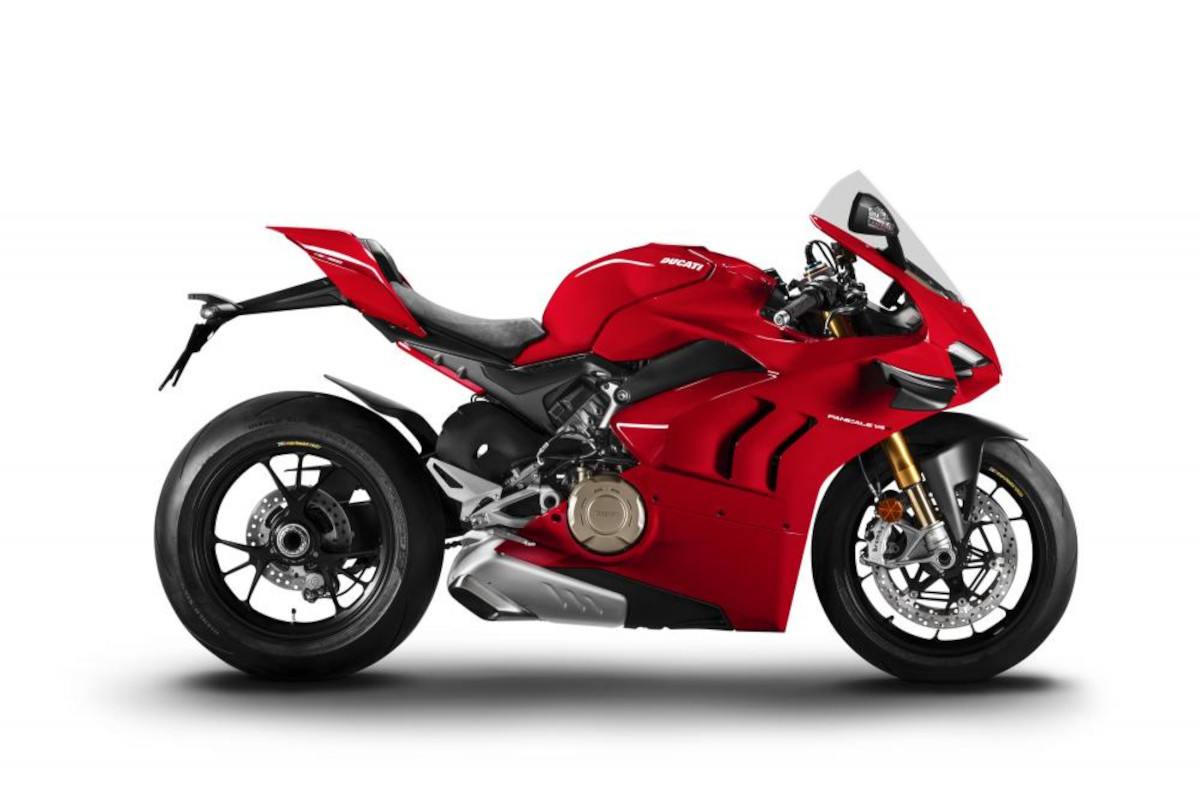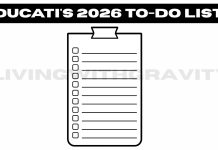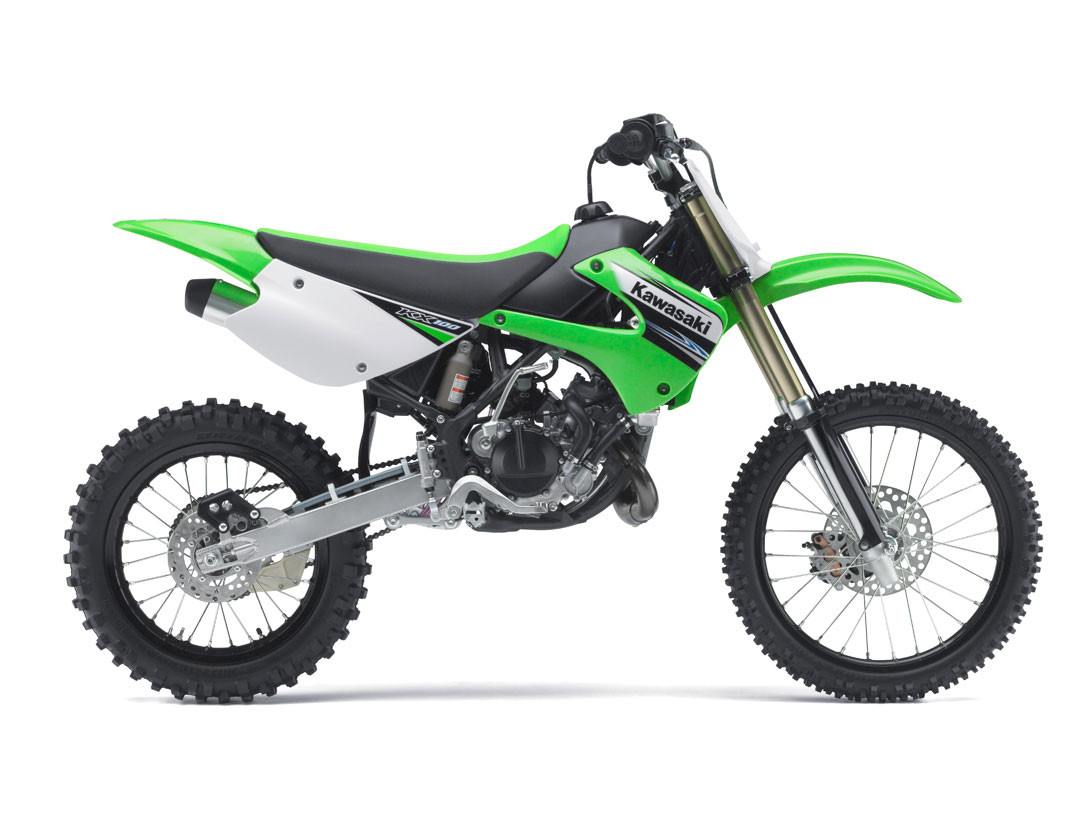What is Motorcycle Registration and its use?
When we talk about Motorcycle registrations, one of the most inevitable things that comes to mind are the bike registries themselves. In the simplest of ways, one will say bike registries are databases of information pertaining to bikes as a whole. The information is unique and it helps identify both the owners of the bike and the bikes themselves. The programs that go along with these registries usually make use of the serial numbers which are the identity of the bikes upon production. Every serial code is unique per bike produced.
One of the main aims of this bike registration is to reduce the frequency of bike theft given this when most riders are asked why they do not invest in bikes, the most recurring complain is that of theft. This explains why out there we may find some of those registration programs that have as sole aim to facilitate recovery of bikes after theft.
Globally, when you listen to the figures, it is quite alarming; back in 2017, statistics say that over 1.5 million bikes were reported to have been stolen. Talk less of the ones that have gone unreported.
What is ride by wire technology?
Procedure
What usually happens at the level of educational institutions; schools and universities, everyone who is in possession of a bike is required to have his or her bike registered.
So, in a couple of states back in the US, there are laws which have been voted that permit the municipalities and cities to require the registration of bikes.
When coming to register, the owner of the bike is usually requested to provide a detailed information about the bike. Such information maybe the manufacturer of the bike, its model, the style of the frame, the material out of which the frame is made, the diameter of the wheels, the serial number, the couloir of the bike, the approximate size of frame and the accessories. The owner’s contact information is also taken down as well.
So, in order to mark the bike, the registrar will give the bike owner a decal kit. As such, the bike can be identified anywhere at any time, with little or no effort. The decals, be it the ones issued by the municipalities or those issued by the academic institutions, are quite similar. On the other hand, the decals issued by the registries of commercial institutions are relatively smaller and they are made in such a way that they will remain adhered to the bike even after the theft. As such, the recovery procedure becomes a much easier one. Some registrars go to the extent of engraving the registration numbers on parts of the bike that may not be easily visible to the naked eye.
Norton Motorcycles launched in India
Another very rampant technology that is used in the domain of identifying things such as cattle and pets in general is the RFID (Radio-frequency identification). Usually, what happens is some registrars get to use this technology alongside the normal decal identification in order to tell the owners of bikes. This technology is very renowned among law enforcement agencies.
As of what concerns the fees attributed to this procedure, it usually varies. There really isn’t any standard fee. When it comes to school and university bike registration, the fees can be as low as $2 and as high as $5 for every year. The independent bodies such as the commercial registrars have their own fee range between $10 and $25. For the bodies that make use of the RFID, there is usually a surplus fee of $15 that is added onto the base registration fee.
Bike Registration in India
The Legal Framework
The Motor Vehicles Act, 1988 is what acts as the principal governing regulation when it comes vehicular traffic throughout the country of India. This is also part of the Concurrent List of Schedule VII of the Constitution of India. That notwithstanding, when it comes to the implementation of this Act, it is the State Government that takes it in charge. Even the registration of every other two-wheeled vehicle is also part of this act. In this act, it is clearly stipulated that no person should either nobody should be found driving or should permit some other person to drive a vehicle (two-wheeled and four wheeled) without the vehicle being registered or drive a vehicle with the certificate of registration that has been suspended. The vehicles are all required to carry a registration mark in areas that are clearly visible to everyone. This is done in order to facilitate the identification process.
Requirement to Register Your motorcycle in India
The requirements to register a motorcycle in India are quite basic as per say. Whether the bike serves private or commercial purposes, the process begins with applying in the prescribed form and this application is addressed to the RTO (Regional Transport Officer) or better still, it can be done to the Transport Department in the area where you live, given that both entities are involved in the transport sector. Upon application you will be required to make available documents that prove ownership.
- A certificate of sale that is usually given by the bike dealer upon purchase of the bike.
- The certificate that shows road-worthiness. This one is usually given by the manufacturer
- A copy of the bike’s insurance policy that is still valid,
- Documents that will act as a proof of address,
- Copy of the chassis number and other related papers as need may be.
After this has been done, the authorities will now proceed to a physical inspection of the Bike. When this is done and all is intact, a registration Mark will then be assigned to the motorcycle.
New bike registrations with RTO
Some of us riders and fans usually have that tendency of visiting show rooms and when we ended setting eyes on that piece we love, the next worry is going about the registration process. We may think that the show rooms will help take care of that; but on the contrary, they either charge an exorbitant fee for such or they refer you to an agent who will still do the same thing. Other hand, you are patient enough, you can get this done within few hours.
Here is what you will need;
- Form 20 (you will get a double of this if your bike happens to be covered by finance.)
- Form 21 (Signed by the dealer)
- Form 22 (issued by the manufacturer) (Usually, it comes in form of a booklet and you will have to tear it off).
- Life Tax Receipt
- Temporary Registration Certificate.
- Invoice from the dealer.
- Insurance Copy.
All if the above-mentioned documents are given by the showroom person. You will get a temporary registration which will be valid for barely 30 days, so watch out!
Having received these above documents, all you will need to get from your own side will be:
- Photo copy of the Pan card
- Address Proof
- Photo copy of the Date of Birth Proof
Once all these documents are set, you just need to pick a day you want to do the registration and make sure you carry all these documents along.
You will surely find yourself in a queue and there your documents will be checked as well as your digital signature taken. Youi will then be told how much you will have to pay which is seen on a receipt which you will be given. You then pay at the other counter.
You will then take the documents to a vehicle inspector who check the Chassis number. The documents will be collected and you are free to leave the RTO office at that moment.
After paying the fee there will be a vehicle inspector to whom you need to take the documents along with the fee receipt, he will check the Chassis number by taking the chassis number using a pencil sketch. Then he will collect the documents from you. You can leave from the RTO office.
NB: Even when you get to an agent, taking your digital signature is indispensable so you will have to reach the RTO office. Reason why it is always advisable to do all of this by yourself.







































